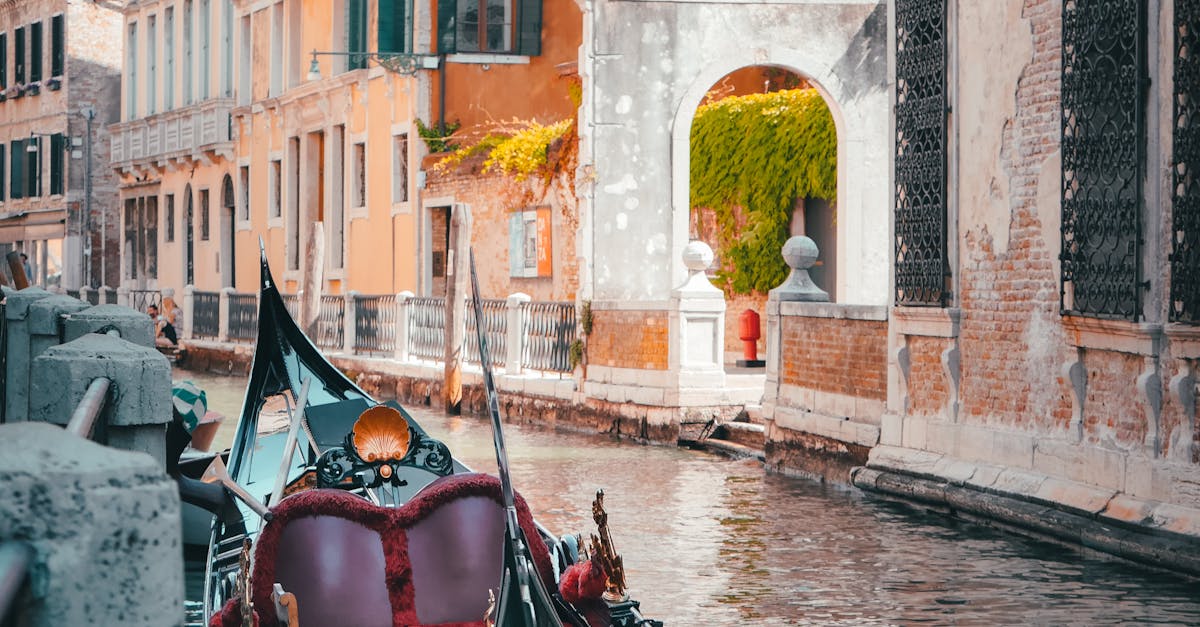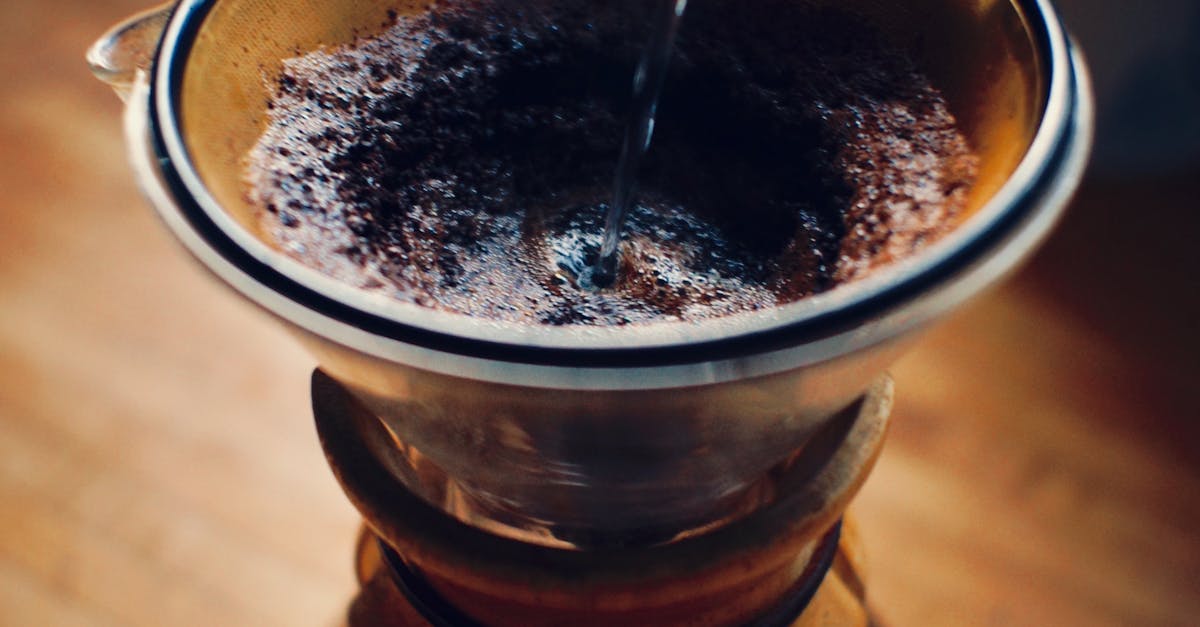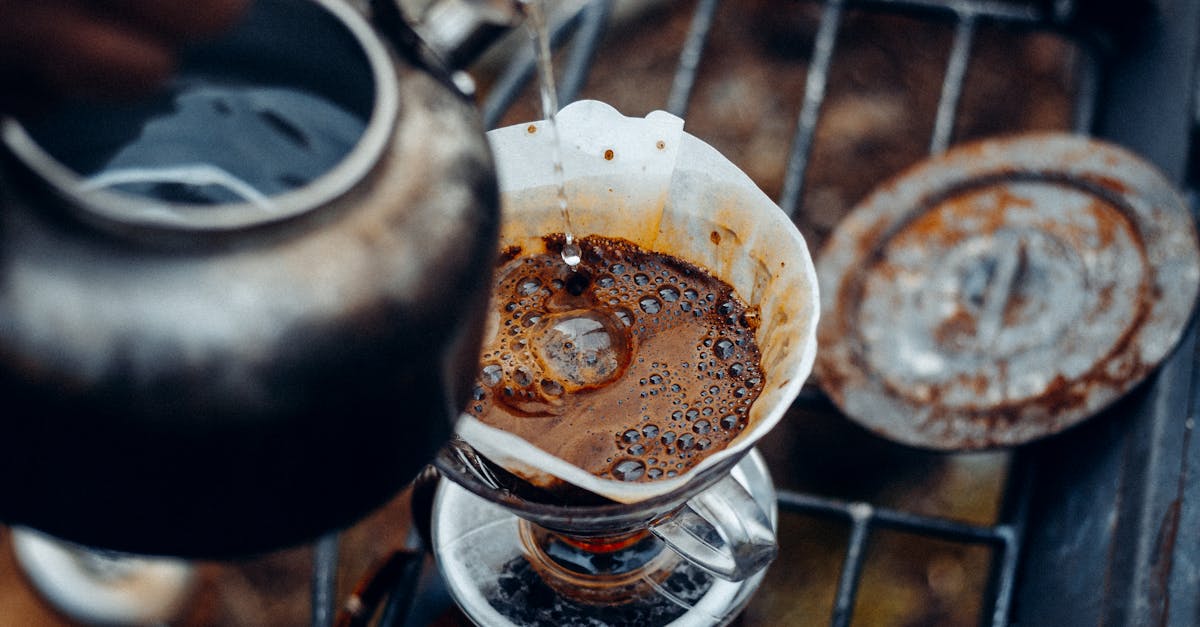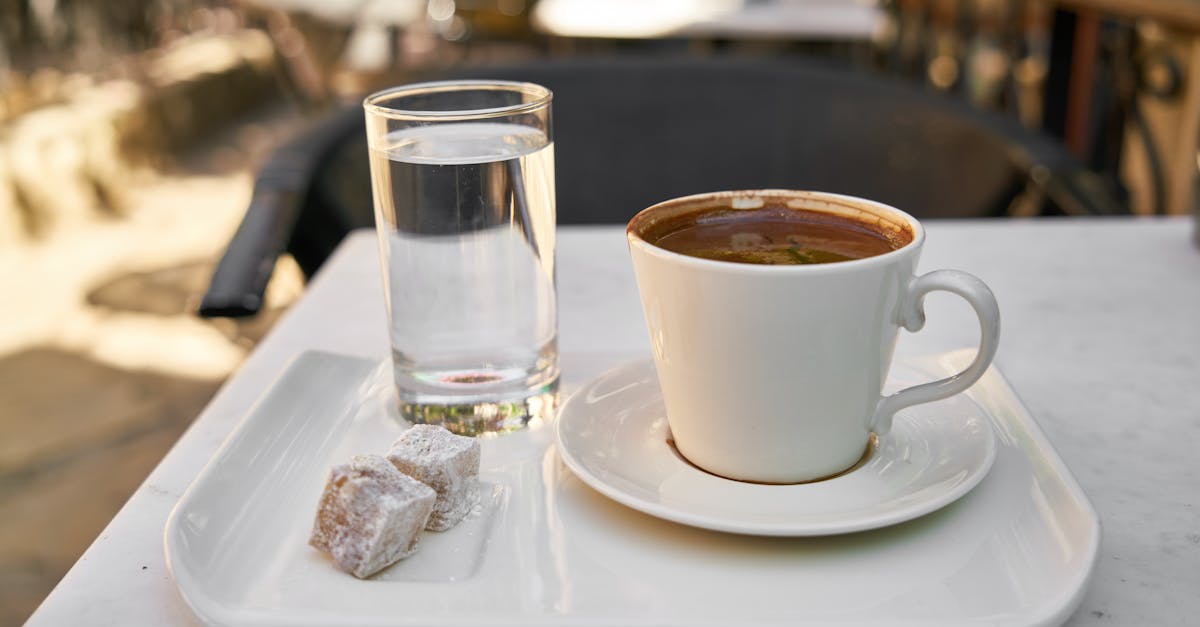
Table Of Contents
Cold Water Infiltration
Cold water infiltration is a common issue that can prevent your water from reaching the desired hot temperature. This occurs when cold water mixes with hot water in the plumbing system, often due to improper valve settings or a malfunctioning mixing valve. Homeowners may notice fluctuating temperatures in their taps, which can be particularly frustrating during bath-time or dishwashing.
To address this issue, Hot Water System Troubleshooting may involve inspecting the plumbing for leaks or improper connections. Checking the temperature settings on your water heater can also help ensure that it's configured correctly. Regular maintenance of valves and fixtures can prevent cold water from infiltrating the hot water supply, restoring the comfort of reliable hot water access.
Impact of Pipe Insulation
Pipe insulation plays a crucial role in maintaining the temperature of water as it travels from the heater to the faucet. If the insulation is worn or missing, significant heat loss can occur, leading to tepid water instead of the expected hot water. This situation often arises in homes with older plumbing systems where insulation may not have been a priority during installation or upgrades. Conducting a thorough inspection of the insulation can reveal areas where cold air infiltration is compromising the efficiency of the hot water system.
In the context of hot water system troubleshooting, homeowners should assess visible piping for insulation coverage. Insulating exposed pipes, especially those in unconditioned spaces like basements or attics, can enhance temperature retention. Additionally, ensuring that insulation materials are in good condition without any gaps or deterioration is vital. Simple measures like adding or replacing insulation can lead to a noticeable improvement in water temperature and overall system performance.
Age of the Water Heater
The age of your water heater plays a significant role in its performance. As units age, components can wear down, leading to a decrease in efficiency. Mineral buildup in the tank can impede heating elements, and corrosion may begin to affect the internal workings. Older models may not be designed to heat water as effectively as newer ones, contributing to lukewarm temperatures. Regular maintenance can extend the life of these units, but it’s essential to be aware of signs that indicate an aging system.
When considering Hot Water System Troubleshooting, the age of the heater should be a key factor in your evaluation. Many water heaters, depending on the type, have an expected lifespan of about 10 to 15 years. If your unit is approaching this age, it may struggle to maintain optimal performance. Upgrading to a newer model can provide better energy efficiency and significantly improve hot water output.
When to Consider Replacement
If your water heater is older than ten years, it may be time to consider a replacement. Aging units often lose efficiency, leading to lukewarm water instead of the hot water you expect. Regular maintenance can extend the life of a water heater, but eventually, wear and tear will necessitate an upgrade. Hot water system troubleshooting becomes more critical as age increases, and relying on an outdated system might not be worth the ongoing issues.
Another indicator that replacement is warranted is the frequency of repairs. If you find yourself frequently calling for service or replacing parts, this could indicate that your unit is nearing the end of its lifespan. Weighing the cost of ongoing repairs against the price of a new unit can help you make an informed decision. Investing in a new water heater can provide more reliable service and greater efficiency, ultimately leading to better performance in your hot water system.
Pressure Relief Valve Problems
The pressure relief valve plays a crucial role in maintaining the safety and efficiency of your water heater. When this valve malfunctions or fails, it can lead to a range of issues, including a lack of hot water. If the valve is stuck open, cold water can enter the system, mixing with the hot water and causing the overall temperature to drop. Alternatively, if the valve is closed or partially closed, this can create excessive pressure, potentially damaging the water heater in the long run.
Incorporating proper Hot Water System Troubleshooting techniques can help identify whether the pressure relief valve is the culprit behind your warm water woes. Signs of valve malfunction include water leaking around the valve or unusual noises emanating from the tank. Regular inspection and maintenance of the pressure relief valve can prevent further complications, ensuring your water heater operates smoothly and delivers hot water as intended.
Signs of Valve Malfunction
When experiencing issues with your hot water supply, the pressure relief valve can often be a culprit. If the valve is leaking, this may indicate that it is not functioning properly. A valve that is stuck open can lead to a continuous loss of water and prevent your hot water system from building sufficient pressure. It’s essential to monitor any signs of moisture around the valve as it can indicate a failure.
Gurgling or hissing sounds from the valve can signal that it's not sealing correctly. Such noises may be a precursor to more significant problems within the hot water system. Regular maintenance and checks should be part of your hot water system troubleshooting routine. By addressing valve issues promptly, you may avoid more extensive repairs or replacements down the line.
FAQS
Why is my water only warm and not hot?
There could be several reasons for this issue, including cold water infiltration, problems with the water heater, or issues with the pressure relief valve.
What is cold water infiltration?
Cold water infiltration occurs when cold water mixes with hot water in your plumbing system, often due to improper pipe insulation or plumbing design, resulting in tepid water instead of hot.
How can pipe insulation affect water temperature?
If pipes are not properly insulated, they can lose heat quickly, causing hot water to cool down before it reaches the tap, leading to warm water instead of hot.
When should I consider replacing my water heater?
You should consider replacement if your water heater is over 10-15 years old, frequently needs repairs, or if it struggles to maintain hot water supply consistently.
What are the signs of a malfunctioning pressure relief valve?
Signs of valve malfunction include water leakage around the valve, a drop in water pressure, or unusual noises coming from the water heater. If you notice these signs, it may be time to inspect or replace the valve.





























